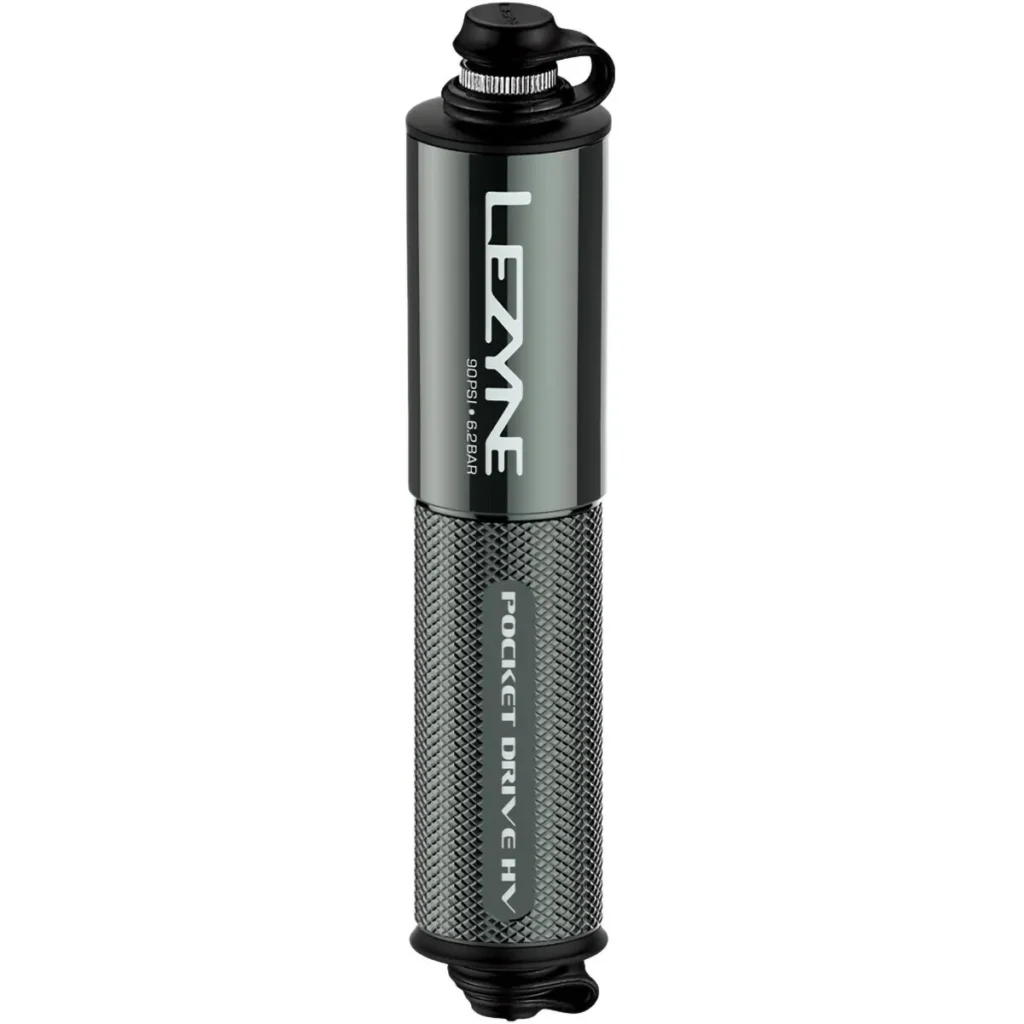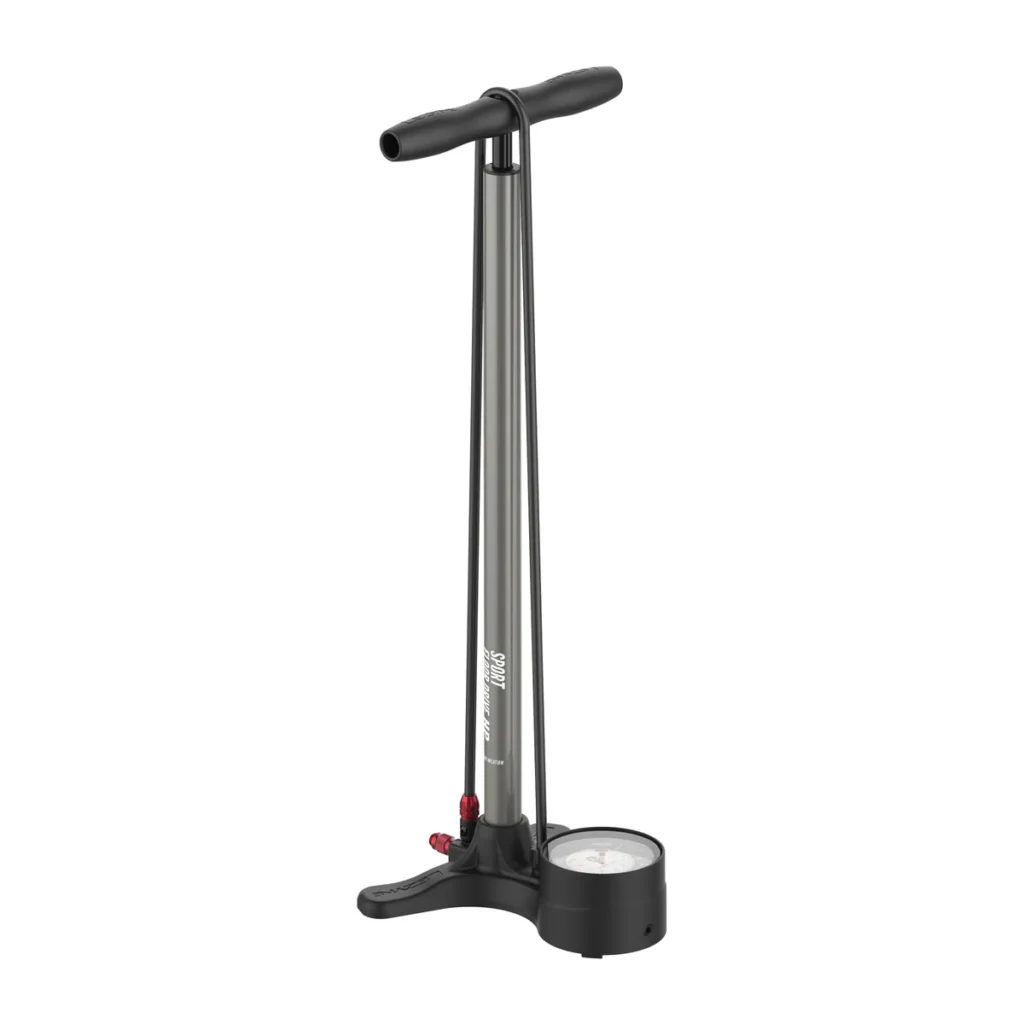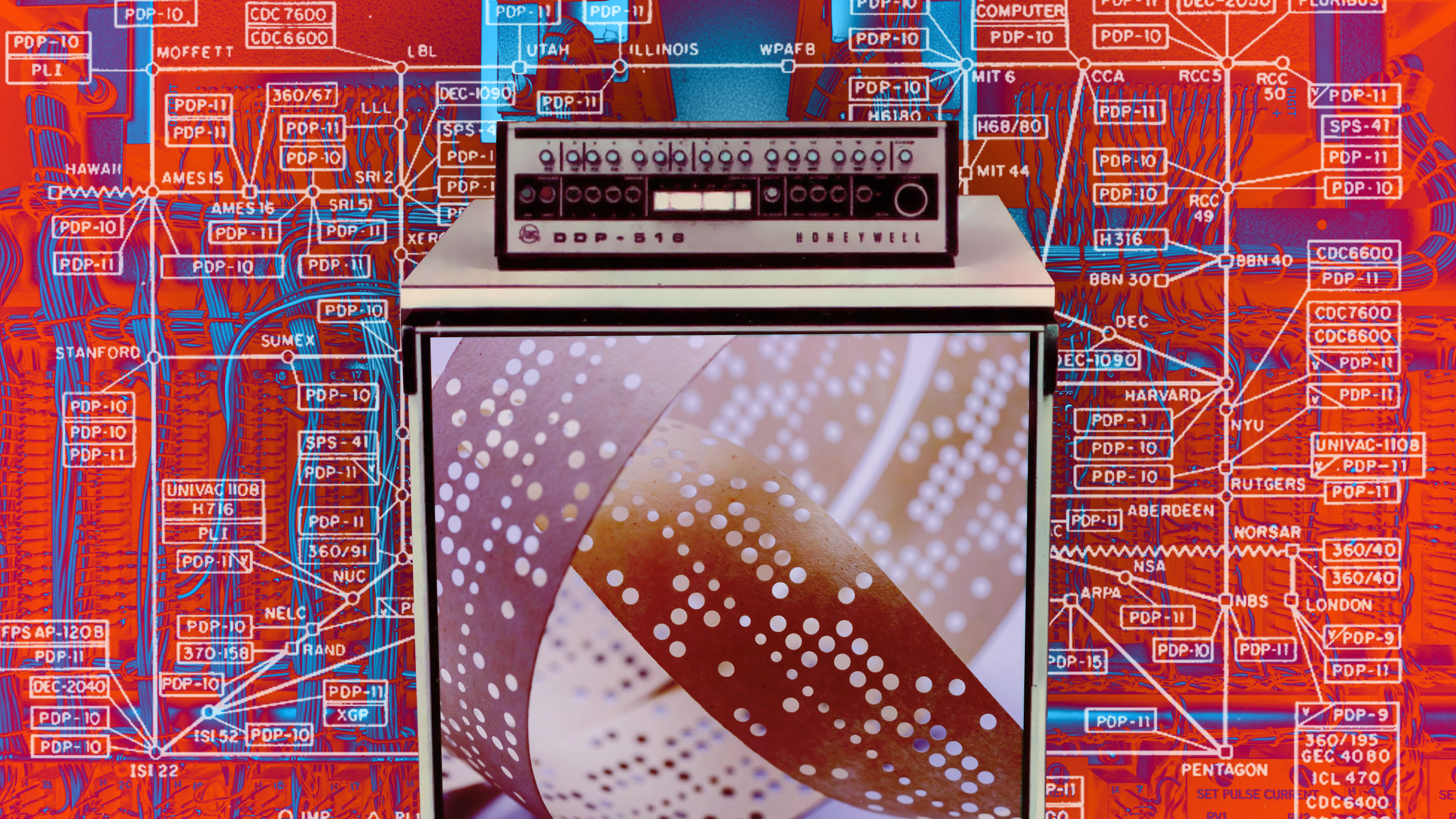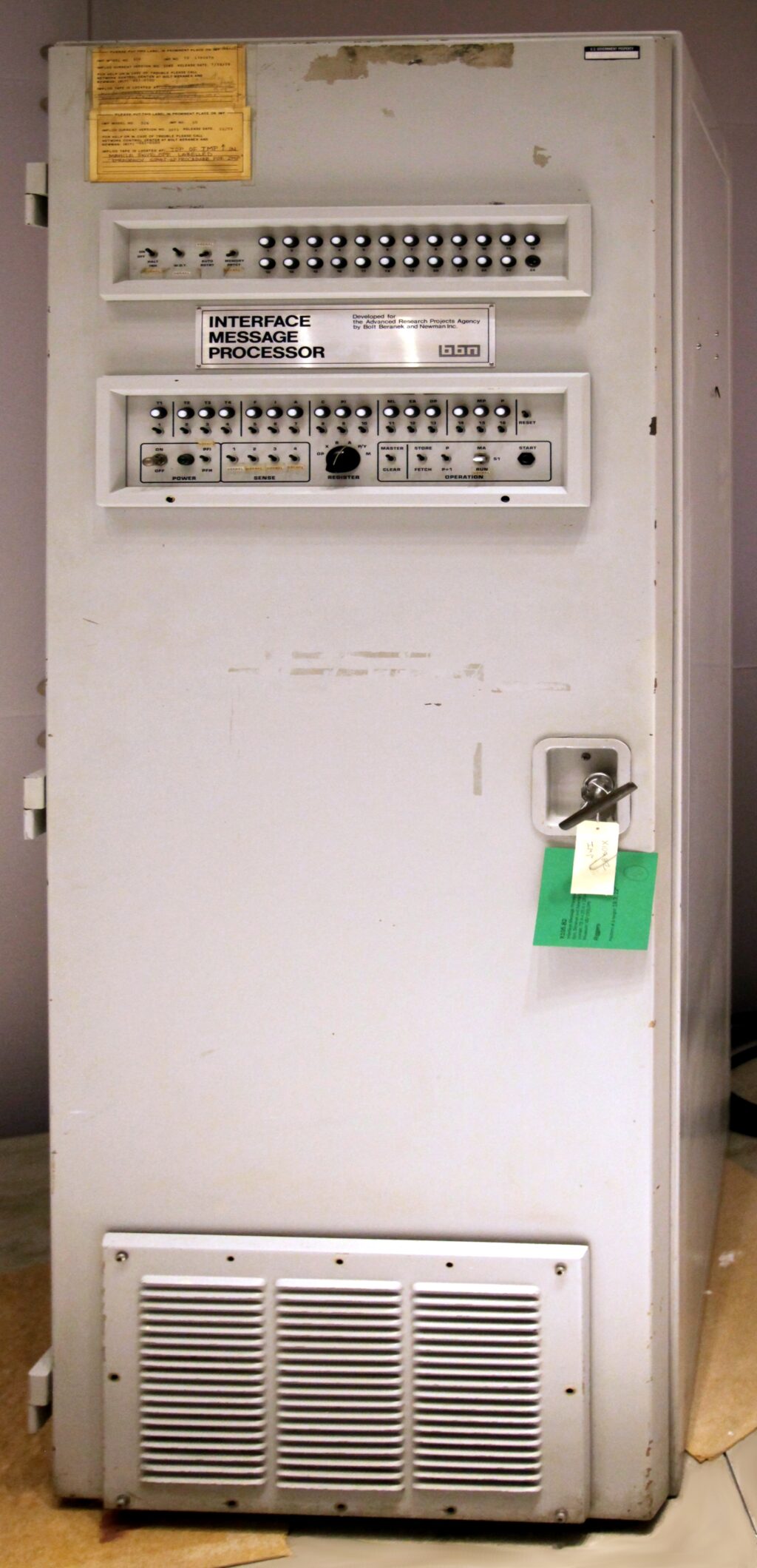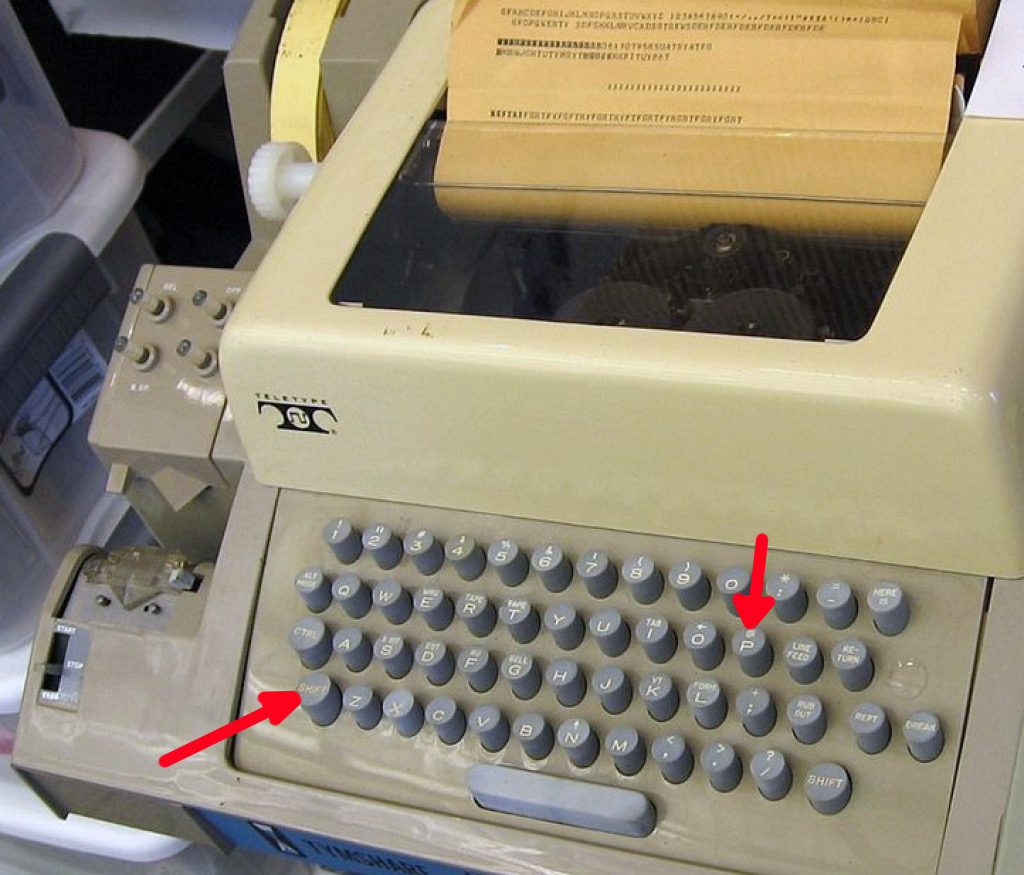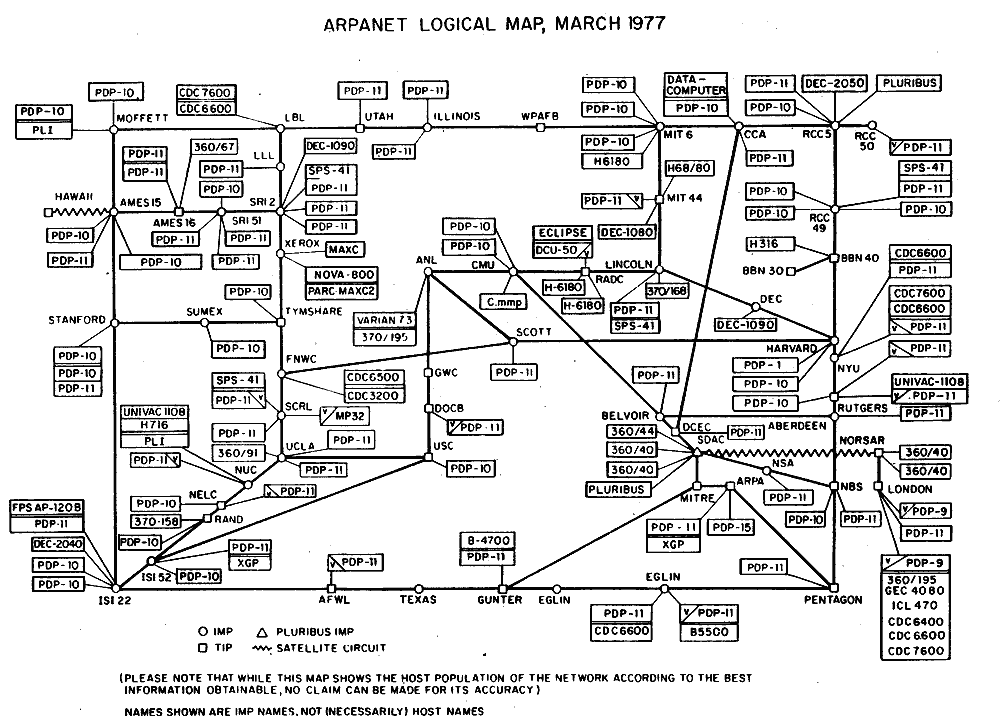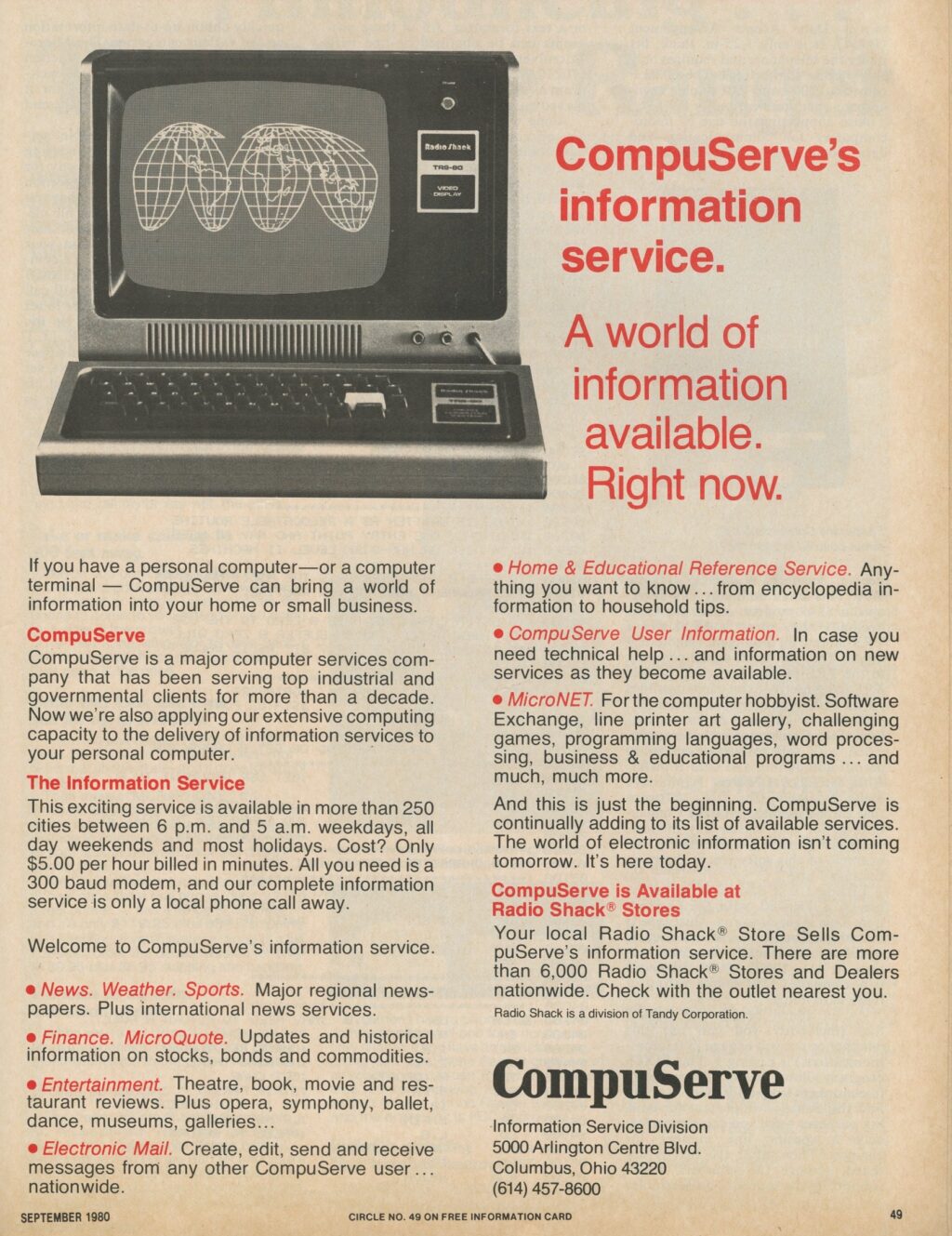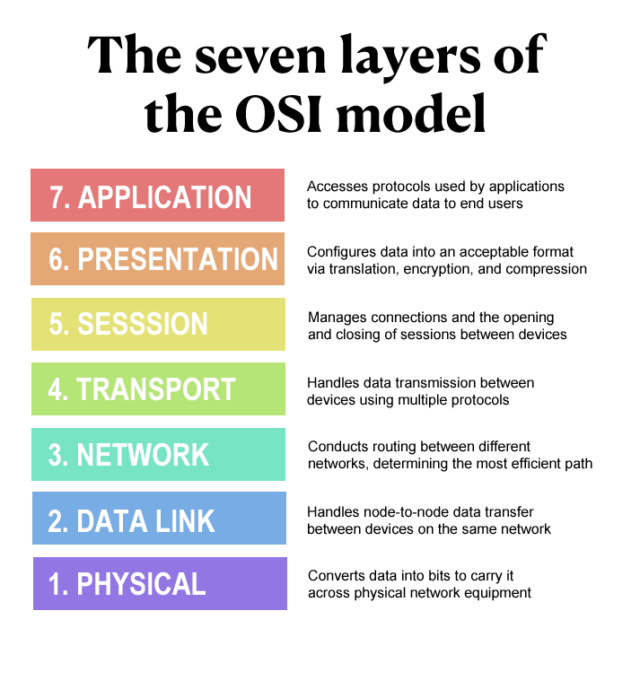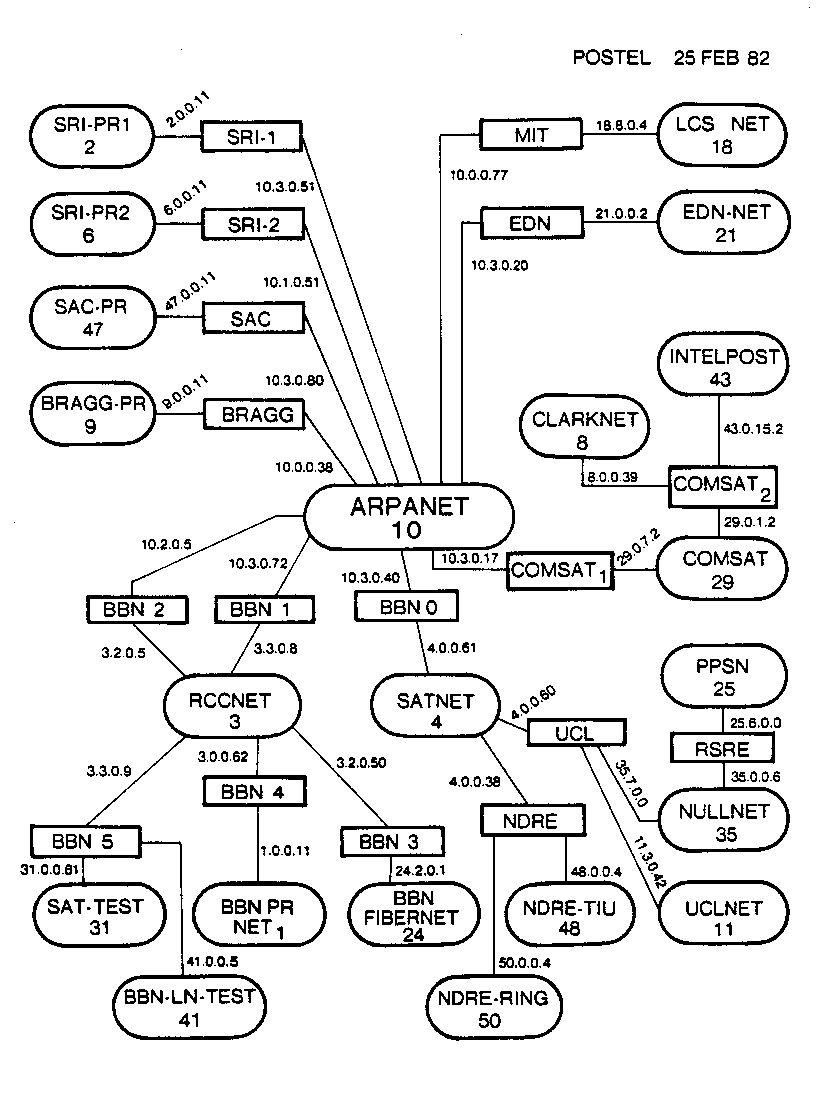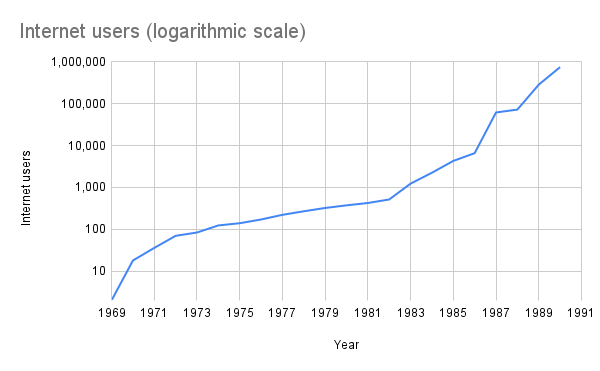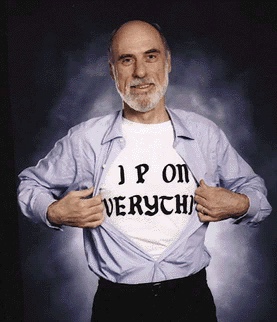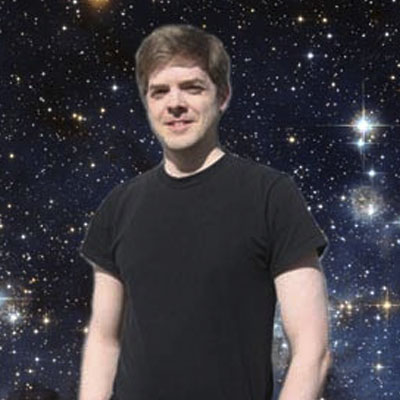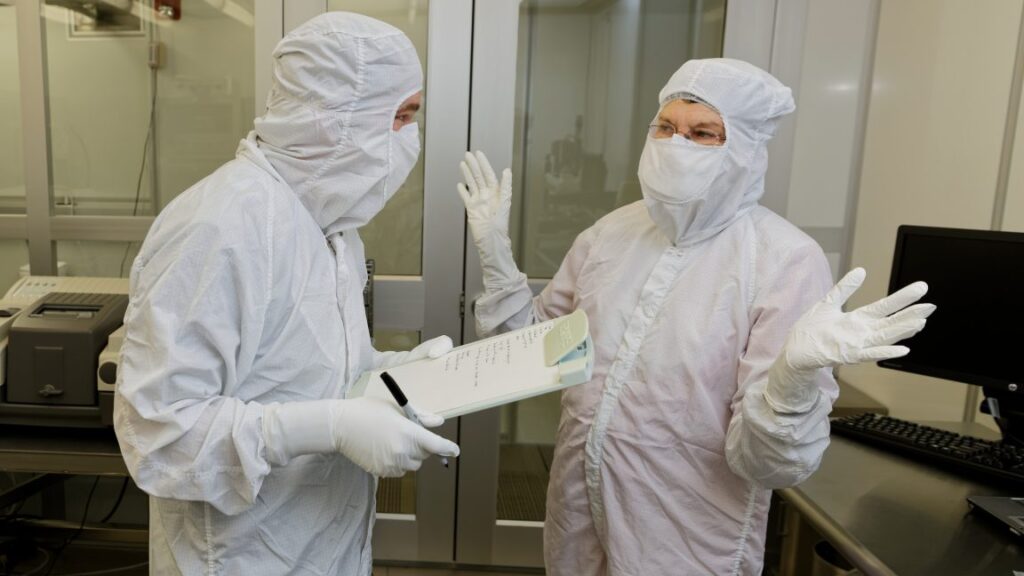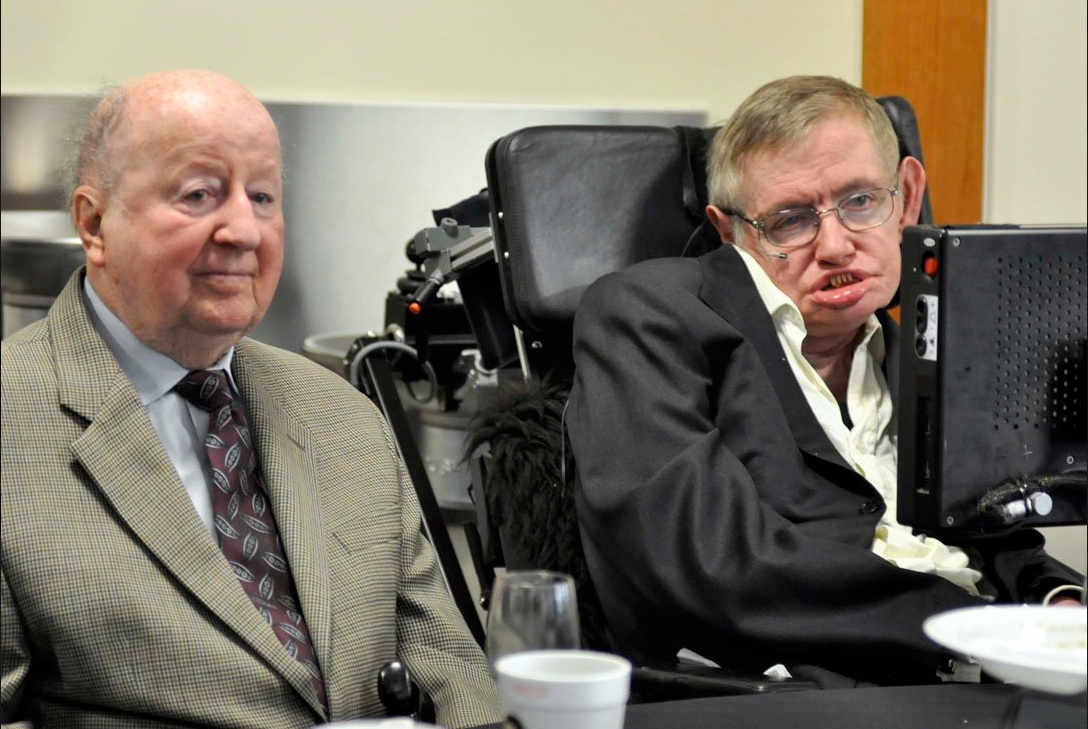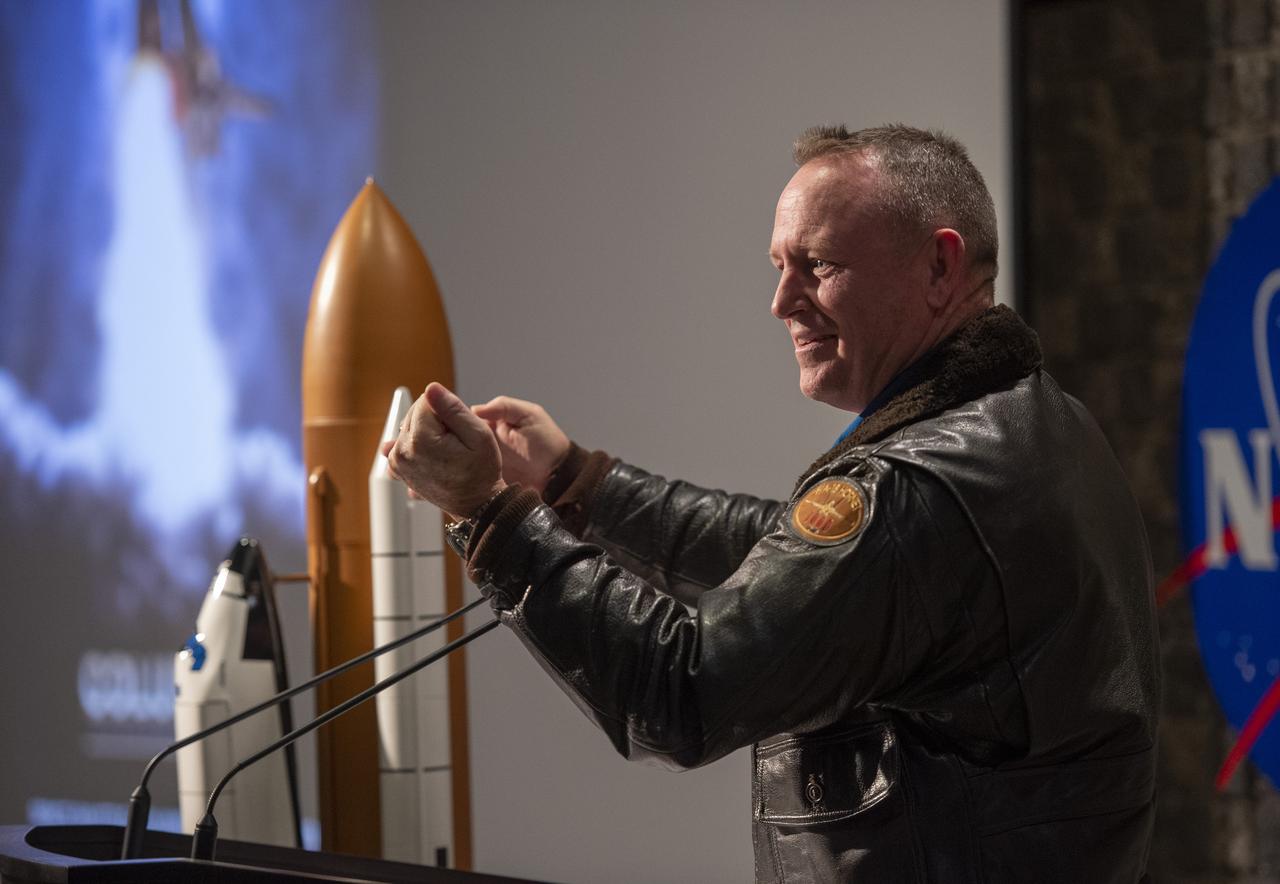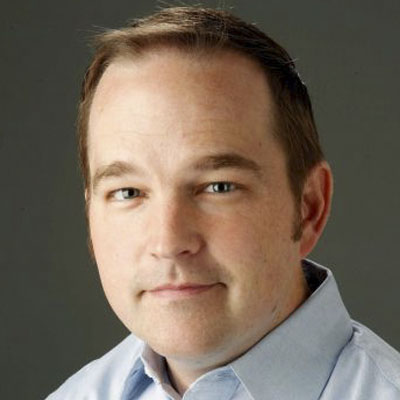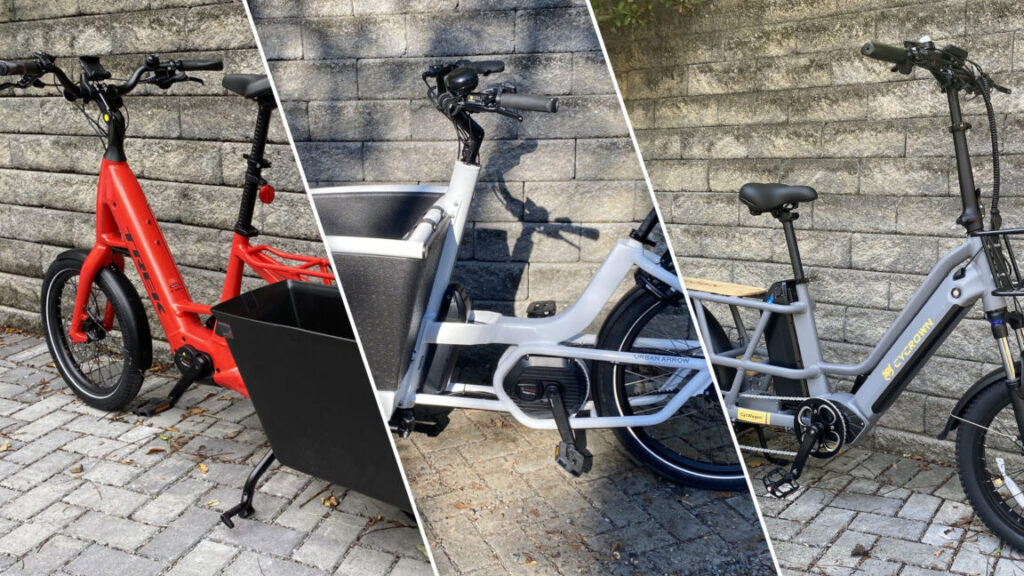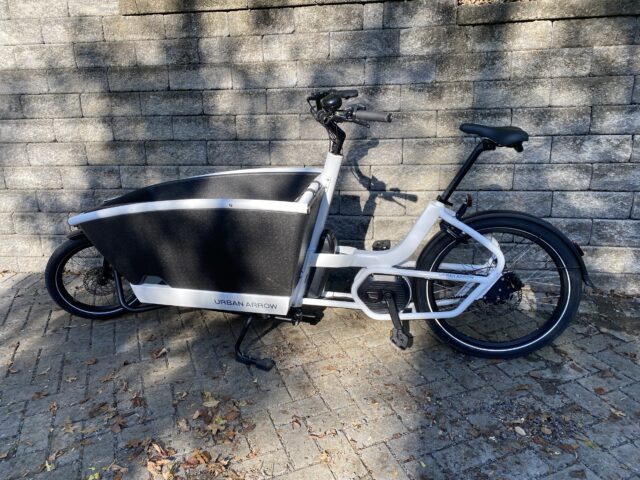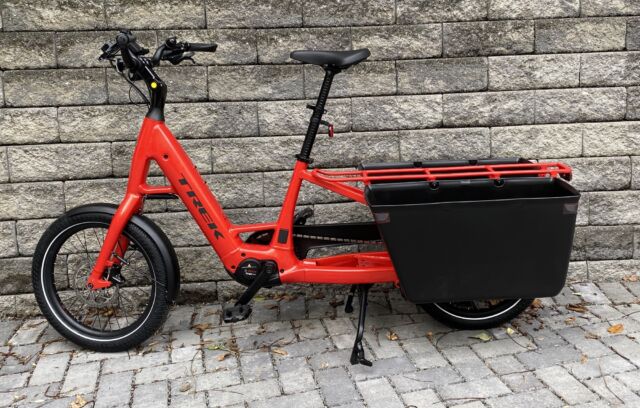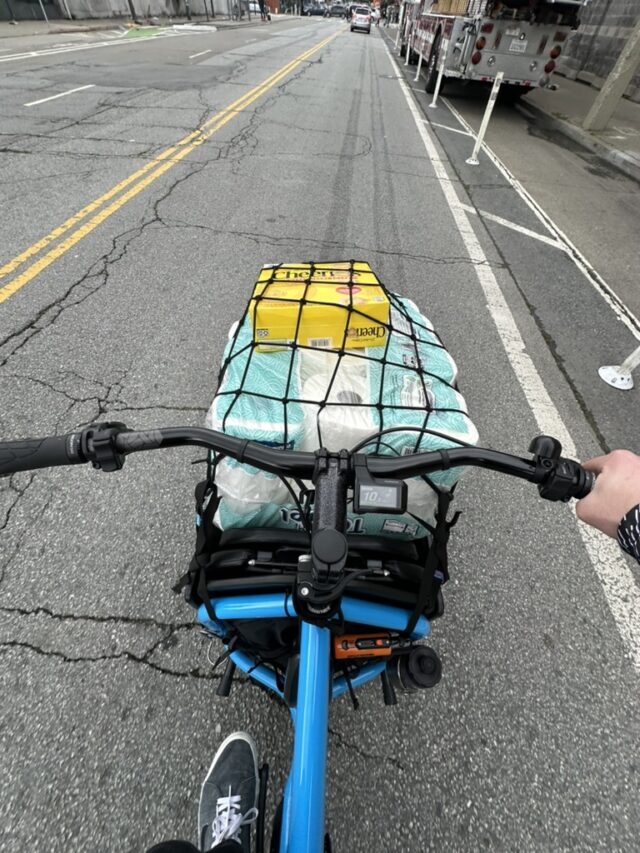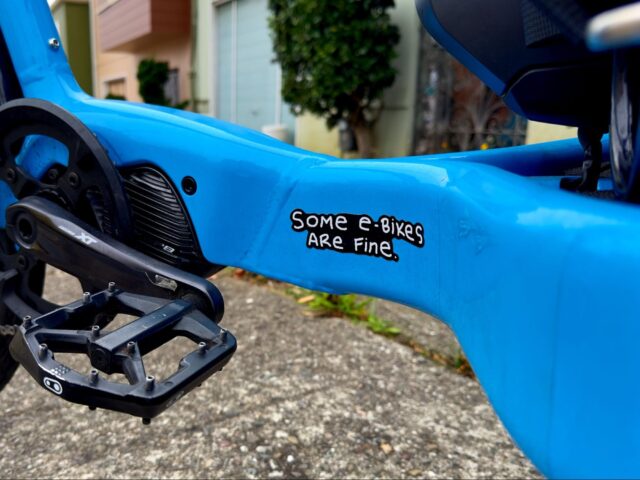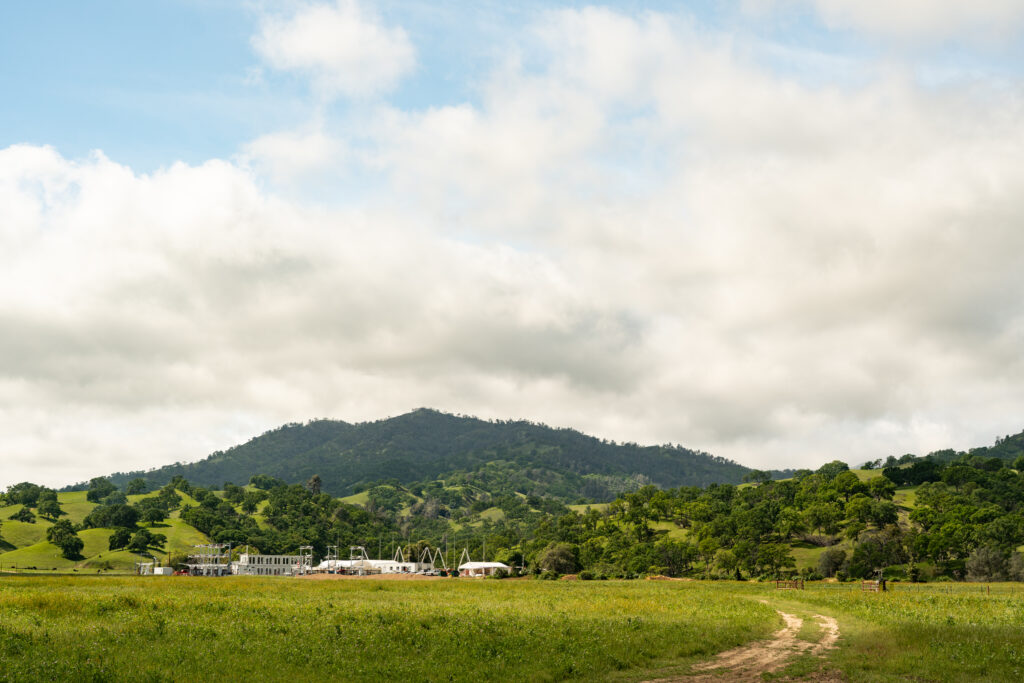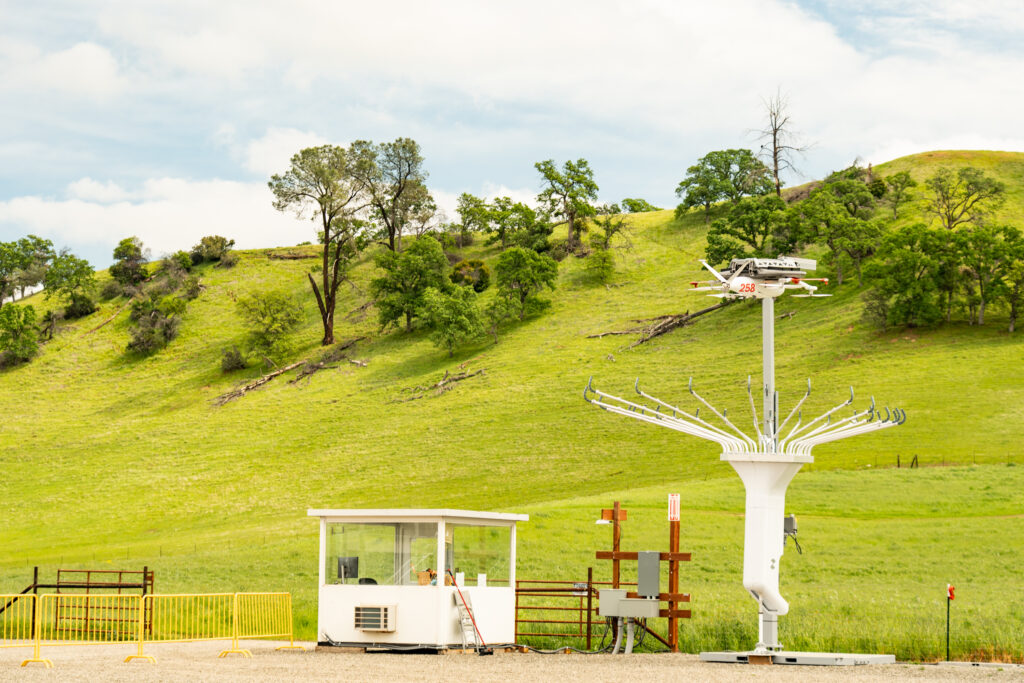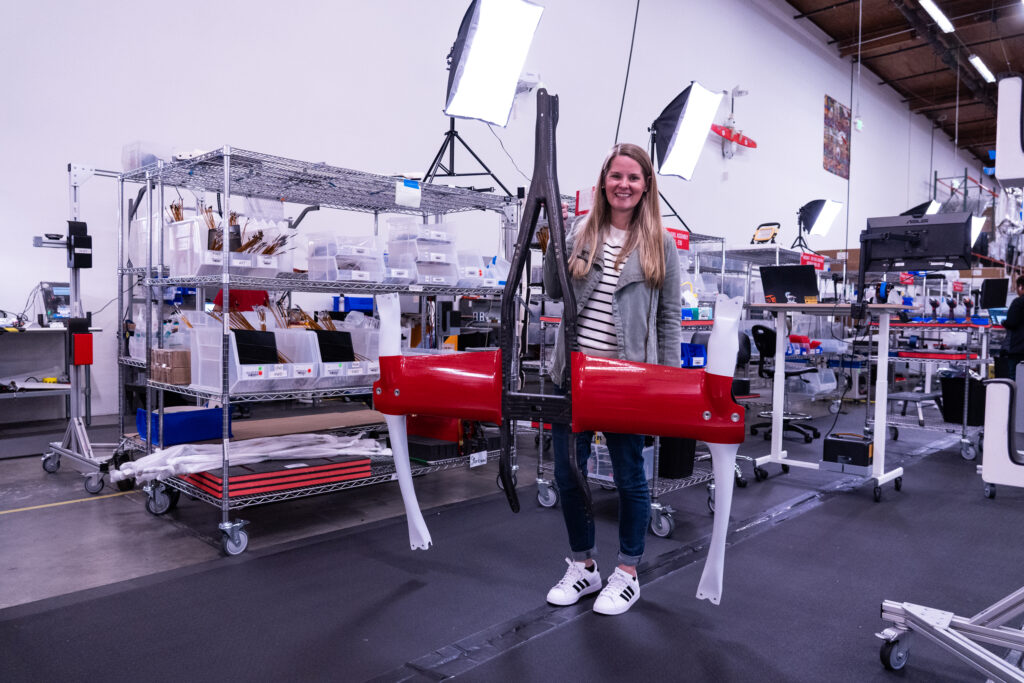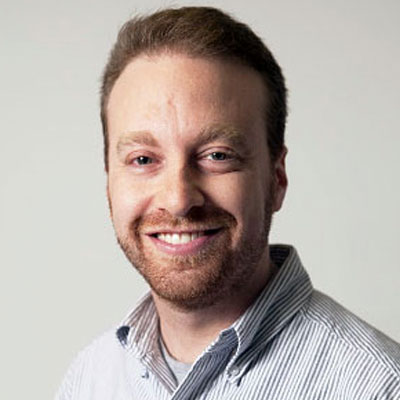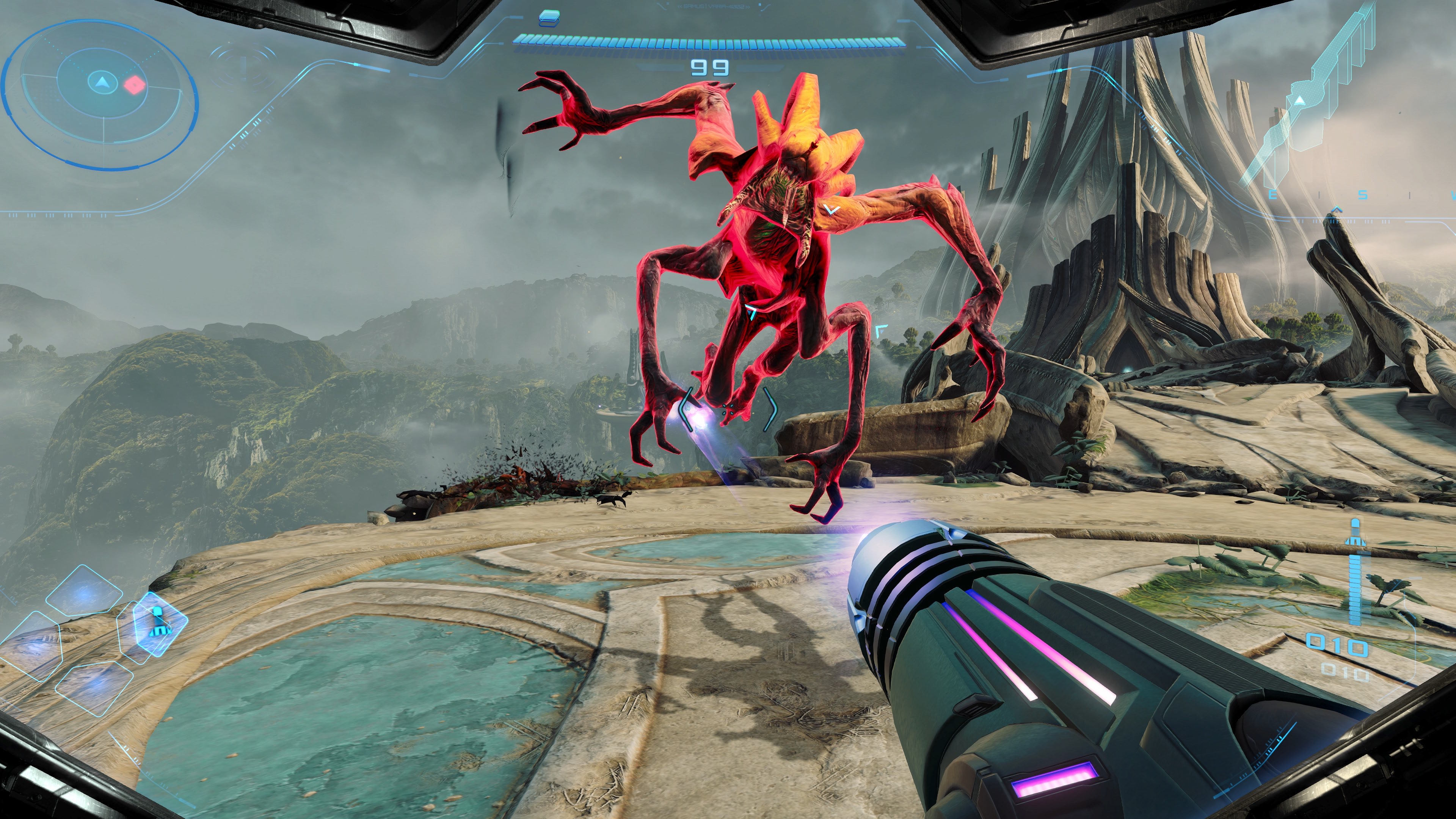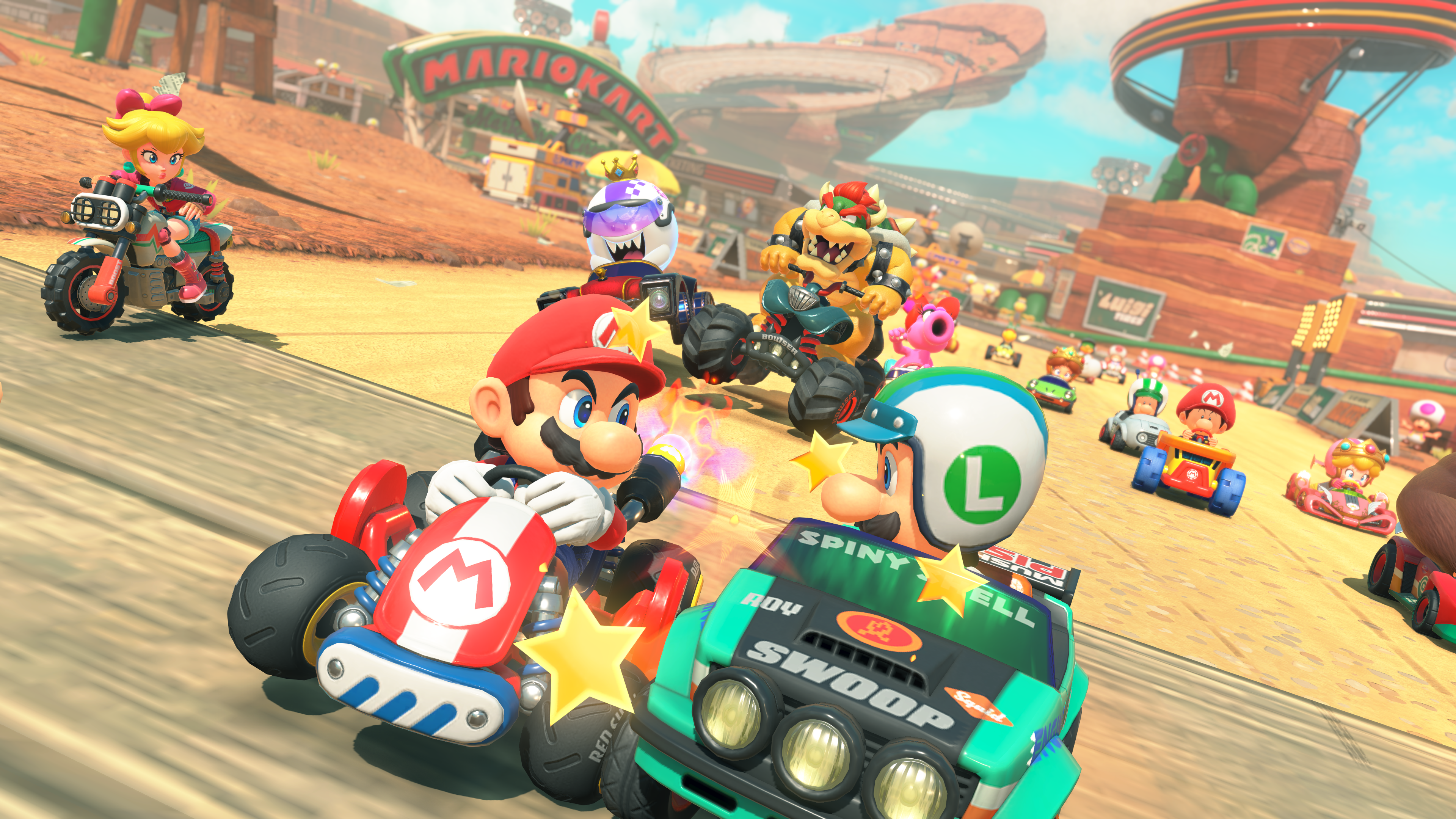The wholesale American cannibalism of one of its own crucial appendages—the world-famous university system—has begun in earnest. The campaign is predictably Trumpian, built on a flagrantly pretextual basis and executed with the sort of vicious but chaotic idiocy that has always been a hallmark of the authoritarian mind.
At a moment when the administration is systematically waging war on diversity initiatives of every kind, it has simultaneously discovered that it is really concerned about both “viewpoint diversity” and “antisemitism” on college campuses—and it is using the two issues as a club to beat on the US university system until it either dies or conforms to MAGA ideology.
Reaching this conclusion does not require reading any tea leaves or consulting any oracles; one need only listen to people like Vice President JD Vance, who in 2021 gave a speech called “The Universities are the Enemy” to signal that, like every authoritarian revolutionary, he intended to go after the educated.
“If any of us want to do the things that we want to do for our country,” Vance said, “and for the people who live in it, we have to honestly and aggressively attack the universities in this country.” Or, as conservative activist Christopher Rufo put it in a New York Times piece exploring the attack campaign, “We want to set them back a generation or two.”
The goal is capitulation or destruction. And “destruction” is not a hyperbolic term; some Trump aides have, according to the same piece, “spoken privately of toppling a high-profile university to signal their seriousness.”
Consider, in just a few months, how many battles have been launched:
- The Trump administration is now snatching non-citizen university students, even those in the country legally, off the streets using plainclothes units and attempting to deport them based on their speech or beliefs.
- It has opened investigations of more than 50 universities.
- It has threatened grants and contracts at, among others, Brown ($510 million), Columbia ($400 million), Cornell ($1 billion), Harvard ($9 billion), Penn ($175 million), and Princeton ($210 million).
- It has reached a widely criticized deal with Columbia that would force Columbia to change protest and security policies but would also single out one academic department (Middle Eastern, South Asian, and African Studies) for enhanced scrutiny. This deal didn’t even get Columbia its $400 million back; it only paved the way for future “negotiations” about the money. And the Trump administration is potentially considering a consent decree with Columbia, giving it leverage over the school for years to come.
- It has demanded that Harvard audit every department for “viewpoint diversity,” hiring faculty who meet the administration’s undefined standards.
- Trump himself has explicitly threatened to revoke Harvard’s tax-exempt nonprofit status after it refused to bow to his demands. And the IRS looks ready to do it.
- The government has warned that it could choke off all international students—an important diplomatic asset but also a key source of revenue—at any school it likes.
- Ed Martin—the extremely Trumpy interim US Attorney for Washington, DC—has already notified Georgetown that his office will not hire any of that school’s graduates if the school “continues to teach and utilize DEI.”
What’s next? Project 2025 lays it out for us, envisioning the federal government getting heavily involved in accreditation—thus giving the government another way to bully schools—and privatizing many student loans. Right-wing wonks have already begun to push for “a never-ending compliance review” of elite schools’ admissions practices, one that would see the Harvard admissions office filled with federal monitors scrutinizing every single admissions decision. Trump has also called for “patriotic education” in K–12 schools; expect similar demands of universities, though probably under the rubrics of “viewpoint discrimination” and “diversity.”
Universities may tell themselves that they would never comply with such demands, but a school without accreditation and without access to federal funds, international students, and student loan dollars could have trouble surviving for long.
Some of the top leaders in academia are ringing the alarm bells. Princeton’s president, Christopher Eisgruber, wrote a piece in The Atlantic warning that the Trump administration has already become “the greatest threat to American universities since the Red Scare of the 1950s. Every American should be concerned.”
Lee Bollinger, who served as president of both the University of Michigan and Columbia University, gave a fiery interview to the Chronicle of Higher Education in which he said, “We’re in the midst of an authoritarian takeover of the US government… We cannot get ourselves to see how this is going to unfold in its most frightening versions. You neutralize the branches of government; you neutralize the media; you neutralize universities, and you’re on your way. We’re beginning to see the effects on universities. It’s very, very frightening.”
But for the most part, even though faculty members have complained and even sued, administrators have stayed quiet. They are generally willing to fight for their cash in court—but not so much in the court of public opinion. The thinking is apparently that there is little to be gained by antagonizing a ruthless but also chaotic administration that just might flip the money spigot back on as quickly as it was shut off. (See also: tariff policy.)
This academic silence also comes after many universities course-corrected following years of administrators weighing in on global and political events outside a school’s basic mission. When that practice finally caused problems for institutions, as it did following the Gaza/Israel fighting, numerous schools adopted a posture of “institutional neutrality” and stopped offering statements except on core university concerns. This may be wise policy, but unfortunately, schools are clinging to it even though the current moment could not be more central to their mission.
To critics, the public silence looks a lot like “appeasement”—a word used by our sister publication The New Yorker to describe how “universities have cut previously unthinkable ‘deals’ with the Administration which threaten academic freedom.” As one critic put it recently, “still there is no sign of organized resistance on the part of universities. There is not even a joint statement in defense of academic freedom or an assertion of universities’ value to society.”
Even Michael Roth, the president of Wesleyan University, has said that universities’ current “infatuation with institutional neutrality is just making cowardice into a policy.”
Appeasing narcissistic strongmen bent on “dominance” is a fool’s errand, as is entering a purely defensive crouch. Weakness in such moments is only an invitation to the strongman to dominate you further. You aren’t going to outlast your opponent when the intended goal appears to be not momentary “wins” but the weakening of all cultural forces that might resist the strongman. (See also: Trump’s brazen attacks on major law firms and the courts.)
As an Atlantic article put it recently, “Since taking office, the Trump administration has been working to dismantle the global order and the nation’s core institutions, including its cultural ones, to strip them of their power. The future of the nation’s universities is very much at stake. This is not a challenge that can be met with purely defensive tactics.”
The temperamental caution of university administrators means that some can be poor public advocates for their universities in an age of anger and distrust, and they may have trouble finding a clear voice to speak with when they come under thundering public attacks from a government they are more used to thinking of as a funding source.
But the moment demands nothing less. This is not a breeze; this is the whirlwind. And it will leave a state-dependent, nationalist university system in its wake unless academia arises, feels its own power, and non-violently resists.
Fighting back
Finally, on April 14, something happened: Harvard decided to resist in far more public fashion. The Trump administration had demanded, as a condition of receiving $9 billion in grants over multiple years, that Harvard reduce the power of student and faculty leaders, vet every academic department for undefined “viewpoint diversity,” run plagiarism checks on all faculty, share hiring information with the administration, shut down any program related to diversity or inclusion, and audit particular departments for antisemitism, including the Divinity School. (Numerous Jewish groups want nothing to do with the campaign, writing in an open letter that “our safety as Jews has always been tied to the rule of law, to the safety of others, to the strength of civil society, and to the protection of rights and liberties for all.”)
If you think this sounds a lot like government control, giving the Trump administration the power to dictate hiring and teaching practices, you’re not alone; Harvard president Alan Garber rejected the demands in a letter, saying, “The university will not surrender its independence or relinquish its constitutional rights. Neither Harvard nor any other private university can allow itself to be taken over by the federal government.”
The Trump administration immediately responded by cutting billions in Harvard funding, threatening the university’s tax-exempt status, and claiming it might block international students from attending Harvard.
Perhaps Harvard’s example will provide cover for other universities to make hard choices. And these are hard choices. But Columbia and Harvard have already shown that the only way you have a chance at getting the money back is to sell whatever soul your institution has left.
Given that, why not fight? If you have to suffer, suffer for your deepest values.
Fare forward
“Resistance” does not mean a refusal to change, a digging in, a doubling down. No matter what part of the political spectrum you inhabit, universities—like most human institutions—are “target-rich environments” for complaints. To see this, one has only to read about recent battles over affirmative action, the Western canon, “legacy” admissions, the rise and fall of “theory” in the humanities, Gaza/Palestine protests, the “Varsity Blues” scandal, critiques of “meritocracy,” mandatory faculty “diversity statements,” the staggering rise in tuition costs over the last few decades, student deplatforming of invited speakers, or the fact that so many students from elite institutions cannot imagine a higher calling than management consulting. Even top university officials acknowledge there are problems.
Famed Swiss theologian Karl Barth lost his professorship and was forced to leave Germany in 1935 because he would not bend the knee to Adolf Hitler. He knew something about standing up for one’s academic and spiritual values—and about the importance of not letting any approach to the world ossify into a reactionary, bureaucratic conservatism that punishes all attempts at change or dissent. The struggle for knowledge, truth, and justice requires forward movement even as the world changes, as ideas and policies are tested, and as cultures develop. Barth’s phrase for this was “Ecclesia semper reformanda est“—the church must always be reformed—and it applies just as well to the universities where he spent much of his career.
As universities today face their own watershed moment of resistance, they must still find ways to remain intellectually curious and open to the world. They must continue to change, always imperfectly but without fear. It is important that their resistance not be partisan. Universities can only benefit from broad-based social support, and the idea that they are fighting “against conservatives” or “for Democrats” will be deeply unhelpful. (Just as it would be if universities capitulated to government oversight of their faculty hires or gave in to “patriotic education.”)
This is difficult when one is under attack, as the natural reaction is to defend what currently exists. But the assault on the universities is about deeper issues than admissions policies or the role of elite institutions in American life. It is about the rule of law, freedom of speech, scientific research, and the very independence of the university—things that should be able to attract broad social and judicial support if schools do not retreat into ideology.
Why it matters
Ars Technica was founded by grad students and began with a “faculty model” drawn from universities: find subject matter experts and turn them loose to find interesting stories in their domains of expertise, with minimal oversight and no constant meetings.
From Minnesota Bible colleges to the halls of Harvard, from philosophy majors to chemistry PhDs, from undergrads to post-docs, Ars has employed people from a wide range of schools and disciplines. We’ve been shaped by the university system, and we cover it regularly as a source of scientific research and computer science breakthroughs. While we differ in many ways, we recognize the value of a strong, independent, mission-focused university system that, despite current flaws, remains one of America’s storied achievements. And we hope that universities can collectively find the strength to defend themselves, just as we in the media must learn to do.
The assault on universities and on the knowledge they produce has been disorienting in its swiftness, animus, and savagery. But universities are not starfish, flopping about helplessly on a beach while a cruel child slices off their arms one by one. They can do far more than hope to survive another day, regrowing missing limbs in some remote future. They have real power, here and now. But they need to move quickly, they need to move in solidarity, and they need to use the resources that they have, collectively, assembled.
Because, if they aren’t going to use those resources when their very mission comes under assault, what was the point of gathering them in the first place?
Here are a few of those resources.
Money
Cash is not always the most important force in human affairs, but it doesn’t hurt to have a pile of it when facing off against a feral US government. When the government threatened Harvard with multiyear cuts of $9 billion, for instance, it was certainly easier for the university to resist while sitting on a staggering $53 billion endowment. In 2024, the National Association of College and University Business Officers reported that higher ed institutions in the US collectively have over $800 billion in endowment money.
It’s true that many endowment funds are donor-restricted and often invested in non-liquid assets, making them unavailable for immediate use or to bail out university programs whose funding has been cut. But it’s also true that $800 billion is a lot of money—it’s more than the individual GDP of all but two dozen countries.
No trustee of this sort of legacy wants to squander an institution’s future by spending money recklessly, but what point is there in having a massive endowment if it requires your school to become some sort of state-approved adjunct?
Besides, one might choose not to spend that money now only to find that it is soon requisitioned regardless. People in Trump’s orbit have talked for years about placing big new taxes on endowment revenue as a way of bringing universities to heel. Trump himself recently wrote on social media that Harvard “perhaps” should “lose its Tax Exempt Status and be Taxed as a Political Entity if it keeps pushing political, ideological, and terrorist inspired/supporting “Sickness?” Remember, Tax Exempt Status is totally contingent on acting in the PUBLIC INTEREST!”
So spend wisely, but do spend. This is the kind of moment such resources were accumulated to weather.
Students
Fifteen million students are currently enrolled in higher education across the country. The total US population is 341 million people. That means students comprise over 4 percent of the total population; when you add in faculty and staff, higher education’s total share of the population is even greater.
So what? Political science research over the last three decades looked at nonviolent protest movements and found that they need only 3.5 percent of the population to actively participate. Most movements that hit that threshold succeed, even in authoritarian states. Higher ed alone has those kinds of numbers.
Students are not a monolith, of course, and many would not participate—nor should universities look at their students merely as potential protesters who might serve university interests. But students have been well-known for a willingness to protest, and one of the odd features of the current moment has been that so many students protested the Gaza/Israel conflict even though so few have protested the current government assault on the very schools where they have chosen to spend their time and money. It is hard to say whether both schools and their students are burned out from recent, bruising protests, or whether the will to resist remains.
But if it does, the government assault on higher education could provoke an interesting realignment of forces: students, faculty, and administrators working together for once in resistance and protest, upending the normal dynamics of campus movements. And the numbers exist to make a real national difference if higher ed can rally its own full range of resources.
Institutions
Depending on how you count, the US has around 4,000 colleges and universities. The sheer number and diversity of these institutions is a strength—but only if they can do a better job working together on communications, lobbying, and legal defenses.
Schools are being attacked individually, through targeted threats rather than broad laws targeting all higher education. And because schools are in many ways competitors rather than collaborators, it can be difficult to think in terms of sharing resources or speaking with one voice. But joint action will be essential, given that many smaller schools are already under economic pressure and will have a hard time resisting government demands, losing their nonprofit status, or finding their students blocked from the country or cut off from loan money.
Plenty of trade associations and professional societies exist within the world of higher education, of course, but they are often dedicated to specific tasks and lack the public standing and authority to make powerful public statements.
Faculty/alumni
The old stereotype of the out-of-touch, tweed-wearing egghead, spending their life lecturing on the lesser plays of Ben Jonson, is itself out of touch. The modern university is stuffed with lawyers, data scientists, computer scientists, cryptographers, marketing researchers, writers, media professionals, and tech policy mavens. They are a serious asset, though universities sometimes leave faculty members to operate so autonomously that group action is difficult or, at least, institutionally unusual. At a time of crisis, that may need to change.
Faculty are an incredible resource because of what they know, of course. Historians and political scientists can offer context and theory for understanding populist movements and authoritarian regimes. Those specializing in dialogue across difference, or in truth and reconciliation movements, or in peace and conflict studies, can offer larger visions for how even deep social conflicts might be transcended. Communications professors can help universities think more carefully about articulating what they do in the public marketplace of ideas. And when you are on the receiving end of vindictive and pretextual legal activity, it doesn’t hurt to have a law school stuffed with top legal minds.
But faculty power extends beyond facts. Relationships with students, across many years, are a hallmark of the best faculty members. When generations of those students have spread out into government, law, and business, they make a formidable network.
Universities that realize the need to fight back already know this. Ed Martin, the interim US Attorney for the District of Columbia, attacked Georgetown in February and asked if it had “eliminated all DEI from your school and its curriculum?” He ended his “clarification” letter by claiming that “no applicant for our fellows program, our summer internship, or employment in our office who is a student or affiliated with a law school or university that continues to teach and utilize DEI will be considered.”
When Georgetown Dean Bill Treanor replied to Martin, he did not back down, noting Martin’s threat to “deny our students and graduates government employment opportunities until you, as Interim United States Attorney for the District of Columbia, approve of our curriculum.” (Martin himself had managed to omit the “interim” part of his title.) Such a threat would violate “the First Amendment’s protection of a university’s freedom to determine its own curriculum and how to deliver it.”
There was no “negotiating” here, no attempt to placate a bully. Treanor barely addressed Martin’s questions. Instead, he politely but firmly noted that the inquiry itself was illegitimate, even under recent Supreme Court jurisprudent and Trump Department of Education policy. And he tied everything in his response to the university’s mission as a Jesuit school committed to “intellectual, ethical, and spiritual understanding.”
The letter’s final paragraph, in which Treanor told Martin that he expected him to back down from his threats, opened with a discussion of Georgetown’s faculty.
Georgetown Law has one of the preeminent faculties in the country, fostering groundbreaking scholarship, educating students in a wide variety of perspectives, and thriving on the robust exchange of ideas. Georgetown Law faculty have educated world leaders, members of Congress, and Justice Department officials, from diverse backgrounds and perspectives.
Implicit in these remarks are two reminders:
- Georgetown is home to many top legal minds who aren’t about to be steamrolled by a January 6 defender whose actions in DC have already been so comically outrageous that Sen. Adam Schiff has placed a hold on his nomination to get the job permanently.
- Georgetown faculty have good relationships with many powerful people across the globe who are unlikely to sympathize with some legal hack trying to bully their alma mater.
The letter serves as a good reminder: Resist with firmness and rely on your faculty. Incentivize their work, providing the time and resources to write more popular-level distillations of their research or to educate alumni groups about the threats campuses are facing. Get them into the media and onto lecture hall stages. Tap their expertise for internal working groups. Don’t give in to the caricatures but present a better vision of how faculty contribute to students, to research, and to society.
Real estate
Universities collectively possess a real estate portfolio of land and buildings—including lecture halls, stages, dining facilities, stadiums, and dormitories—that would make even a developer like Donald Trump salivate. It’s an incredible resource that is already well-used but might be put toward purposes that meet the moment even more clearly.
Host more talks, not just on narrow specialty topics, but on the kinds of broad-based political debates that a healthy society needs. Make the universities essential places for debate, discussion, and civic organizing. Encourage more campus conferences in the summer, with vastly reduced rates for groups that effectively aid civic engagement, depolarization, and dialogue across political differences. Provide the physical infrastructure for fruitful cross-party political encounters and anti-authoritarian organizing. Use campuses to house regional and national hubs that develop best practices in messaging, legal tactics, local outreach, and community service from students, faculty, and administrators.
Universities do these things, of course; many are filled with “dialogue centers” and civic engagement offices. But many of these resources exist primarily for students; to survive and thrive, universities will need to rebuild broader social confidence. The other main criticism is that they can be siloed off from the other doings of the university. If “dialogue” is taken care of at the “dialogue center,” then other departments and administrative units may not need to worry about it. But with something as broad and important as “resistance,” the work cannot be confined to particular units.
With so many different resources, from university presses to libraries to lecture halls, academia can do a better job at making its campuses useful both to students and to the surrounding community—so long as the universities know their own missions and make sure their actions align with them.
Athletics
During times of external stress, universities need to operate more than ever out of their core, mission-driven values. While educating the whole person, mentally and physically, is a worthy goal, it is not one that requires universities to submit to a Two Minutes Hate while simultaneously providing mass entertainment and betting material for the gambling-industrial complex.
When up against a state that seeks “leverage” of every kind over the university sector, realize that academia itself controls some of the most popular sports competitions in America. That, too, is leverage, if one knows how to use it.
Such leverage could, of course, be Trumpian in its own bluntness—no March Madness tournament, for instance, so long as thousands of researchers are losing their jobs and health care networks are decimated and the government is insisting on ideological control over hiring and department makeup. (That would certainly be interesting—though quite possibly counterproductive.)
But universities might use their control of NCAA sporting events to better market themselves and their impact—and to highlight what’s really happening to them. Instead, we continue to get the worst kinds of anodyne spots during football and basketball games: frisbee on the quad, inspiring shots of domes and flags, a professor lecturing in front of a chalkboard.
Be creative! But do something. Saying and doing nothing—letting the games go on without comment as the boot heel comes down on the whole sector, is a complete abdication of mission and responsibility.
DOD and cyber research
The Trump administration seems to believe that it has the only thing people want: grant funding. It seems not even to care if broader science funding in the US simply evaporates, if labs close down, or if the US loses its world-beating research edge.
But even if “science” is currently expendable, the US government itself relies heavily on university researchers to produce innovations required by the Department of Defense and the intelligence community. Cryptography, cybersecurity tools, the AI that could power battlefield drone swarms—much of it is produced by universities under contract with the feds. And there’s no simple, short-term way for the government to replace this system.
Even other countries believe that US universities do valuable cyber work for the federal government; China just accused the University of California and Virginia Tech of aiding in an alleged cyberattack by the NSA, for instance.
That gives the larger universities—the ones that often have these contracts—additional leverage. They should find a way to use it.
Medical facilities
Many of the larger universities run sprawling and sophisticated health networks that serve whole communities and regions; indeed, much of the $9 billion in federal money at issue in the Harvard case was going to Harvard’s medical system of labs and hospitals.
If it seems unthinkable to you that the US government would treat the health of its own people as collateral damage in a war to become the Thought Police, remember that this is the same administration that has already tried to stop funds to the state of Maine—funds used to “feed children and disabled adults in schools and care settings across the state”—just because Maine allowed a couple of transgender kids to play on sports teams. What does the one have to do with the other? Nothing—except that the money provides leverage.
But health systems are not simply weapons for the Trump administration to use by refusing or delaying contracts, grants, and reimbursements. Health systems can improve people’s lives in the most tangible of ways. And that means they ought to be shining examples of community support and backing, providing a perfect opportunity to highlight the many good things that universities do for society.
Now, to the extent that these health care systems in the US have suffered from the general flaws of all US health care—lack of universal coverage leading to medical debt and the overuse of emergency rooms by the indigent, huge salaries commanded by doctors, etc.—the Trump war on these systems and on the universities behind them might provide a useful wake-up call from “business as usual.” Universities might use this time to double down on mission-driven values, using these incredible facilities even more to extend care, to lower barriers, and to promote truly public and community health. What better chance to show one’s city, region, and state the value of a university than massively boosting free and easy access to mental and physical health resources? Science research can be esoteric; saving someone’s body or mind is not.
Conclusion
This moment calls out for moral clarity and resolve. It asks universities to take their mission in society seriously and to resist being co-opted by government forces.
But it asks something of all of us, too. University leaders will make their choices, but to stand strong, they need the assistance of students, faculty, and alumni. In an age of polarization, parts of society have grown skeptical about the value of higher education. Some of these people are your friends, family, and neighbors. Universities must continue to make changes as they seek to build knowledge and justice and community, but those of us no longer within their halls and quads also have a part to play in sharing a more nuanced story about the value of the university system, both to our own lives and to the country.
If we don’t, our own degrees may be from institutions that have become almost unrecognizable.
